The Dude's Kitchen - A dream made of pasta!
by , August 07, 2020 at 05:11 AM (9592 Views)
First chapter here.
So, as promised I'll tell you know about pasta.. ah pasta, pasta, pasta, such a delicious stuff, such a tremendous nightmare. Too many people, Italians included, think that making pasta is an easy job, well it's not so I can grant you, because a lot of things can go terribly wrong.
Let's start from the cooking procedure: most of the pasta has to be "al dente", which means that you ought to take it out of the boiling water some 1 or 2 minutes before it's well done; this is particularly true for wheat pasta, less for egg pasta.. however, do not for any reason overcook the pasta, always better to have it a bit harder rather than softer.
Spoiler for typical "pasta al dente":
Experience plays a fundamental role in not overcooking the pasta, the "expected" cooking time is really dependent on the starting temperature of water and how many water you actually have (Pasta should be boiled in abundant water, like half a literor a full liter every 100 grams of it). As for me, I can feel at which stage of cooking is by just shaking it with a fork, of course in order to be precisely sure one needs to taste it, but in general I suggest to use the "expected" time just as a reference and then rely on your experience. I usually taste the pasta halfway the cooking time to feel at which point it is, and then I can make myself an idea about how many minutes it still needs, then I taste it again when I'm fairly sure that it's close to how much I want it cooked. Also, remember to salt the water! I use only course salt since it's much better than refined salt: usually a handful every two liters is enough, in case you feel like it's a bit too blend, only add one pinch (excessively salty pasta has a very bad taste, IMO!). I do prefer to salt the water when it's already boiling and just before I put in the pasta, though most of people do put the salt inside as soon as they put the cold water on fire
So basic rules for cooking pasta: abundant salted water, do carefully check the expected cooking time and do not overcook it, for any reason (the term in Italian is "pasta scotta" and it's terrible to have to chew it).
Moving into sauces.. this is where things become to be complex; as for me I divide the sauces into 3 groups: raw, no tomato sauce, tomato sauce. Raw sauces: all the kind of garnishing where you use raw stuff, like raw tomatoes, canned tuna, canned mais, etc. These are typical summer pastas, fresh and light. All that you have to do is to cook the pasta "al dente" and add ingredients with some olive oil.
Spoiler for a very nice example of "Pasta Fredda":
No tomato sauce.. I do cook Pasta normally by using the "saltare in padella" technique, which I don't know exactly how to translate in English, something like "sautÚ in a pan" maybe, though I'd better explain you directly what I mean: rather than cooking the pasta and the sauce separately and mix them only once are both cooked, I take out the pasta "al dente" and then I put it in the pan where I'm cooking the sauce, and they go together for a while, usually a couple minutes, during which the pasta further cooks: the starch from inside the Pasta will come out and will help the sauce, with all its flavors, to stick on the pasta itself.
Spoiler for pasta saltata with Zucchini:
Recently I ventured into an even more extreme "saltare in padella" technique, which is particularly effective with fish sauces: cook the ingredients in the sauce one by one and take them out before the next step (like, you put the garlic in and once it's "golden" you take it out and throw it away, then you put in the pepperoni for instance, and once cooked you take them out and keep them for later, add fish and repeat and bla bla.. last step should always be the base of the sauce, 99% tomato it is), and then put the pasta only half cooked in the pan (like take it out even 4-5 minutes earlier respect to the expected cooking time... it's a LOT, believe me), add quite a lot of the cooking water and then pour in all the ingredients you have cooked before and removed step by step. It can take around double time to finish the cooking (like 10 minutes if you take out the past 5 minutes early), so keep the pan covered in order to prevent water from evaporating too fast and only leave it uncovered the last couple of minutes... if done well there won't be any more water in the pan but a "cream" composed by the mix of the starch and all the flavors from the sauce... best pasta experience ever.
With tomato sauce: the secret here is, either very long or very short cooking time.. tomato sauce cooks in less than 10 minutes, so why some sauce recipes have like 3, 4, 5 or even 6 hours cooking time? That depends on what you have inside of the tomato sauce, of course. Many of the traditional recipes with tomato sauce have long cooking time, such as the "Rag¨" (which is known internationally as "Bolognese"). .the correct term isn't "long" cooking, bur rather "slow" cooking: by cooking it with low fire for a long period, most of the flavors from inside the food come out and will mix with the tomato sauce; also the meat will become much softer and most of the vegetables will simply melt into the sauce. If you ask me.. yes it's worth waiting, definitely!
Spoiler for typical rag¨, with Penne:
Or, you can have fresh quick tomato sauces, where the cooking time is quite short (10-15 minutes), because you are using stuff which is already cooked (like canned tuna); in this kind of recipes you can replace the tomato sauce with fresh tomato and cook it for the same time less or more.
Spoiler for more examples:
Now I should be telling you about the "pasta al forno" (forno=oven), but I'm not a real expert (I know and do some recipes of course) and anyways I consider that kind of food to not to be exactly "pasta". Maybe I'll tell about those in the next chapter, together with other stuff made in the oven, like the Pizza...
If you have any question or want to have my suggestion for how to cook something, just poke me about




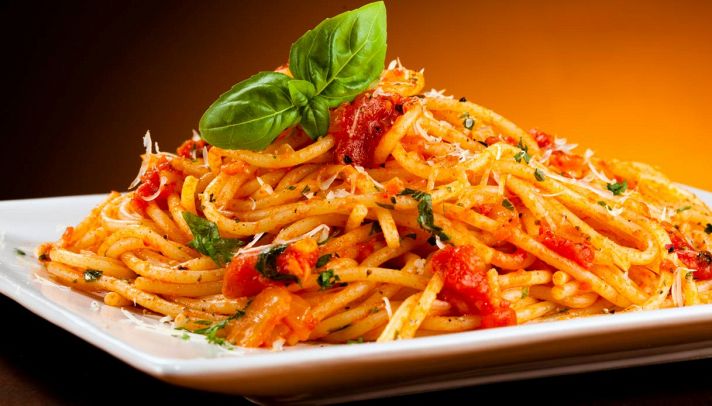

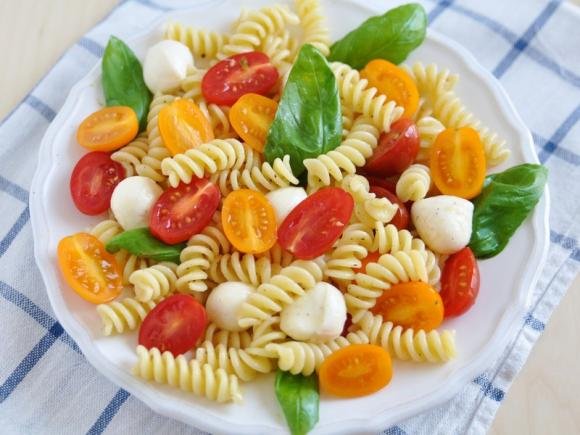
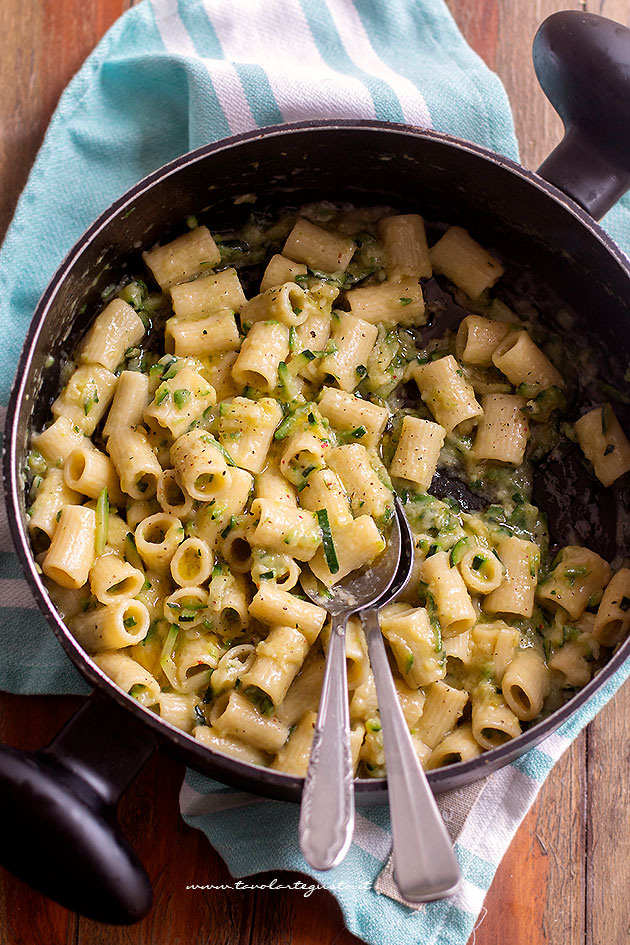
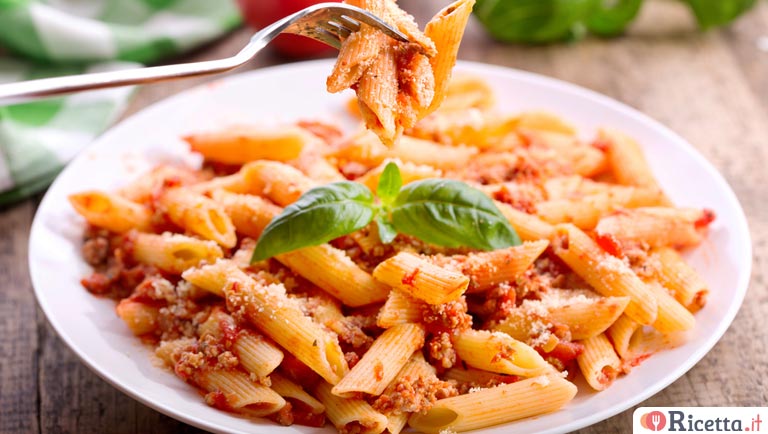
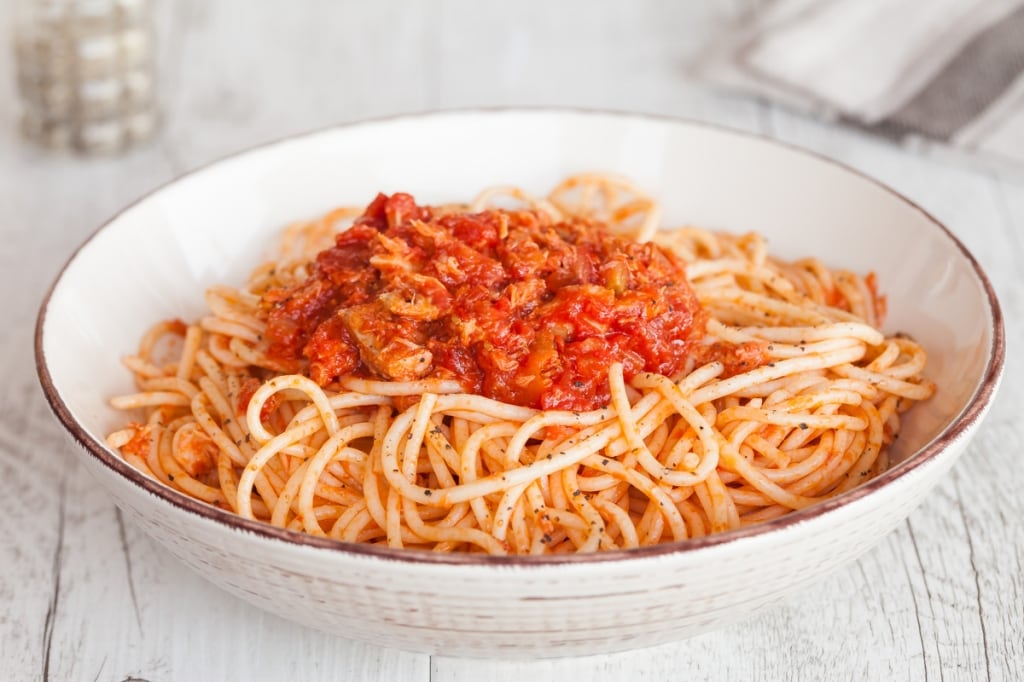
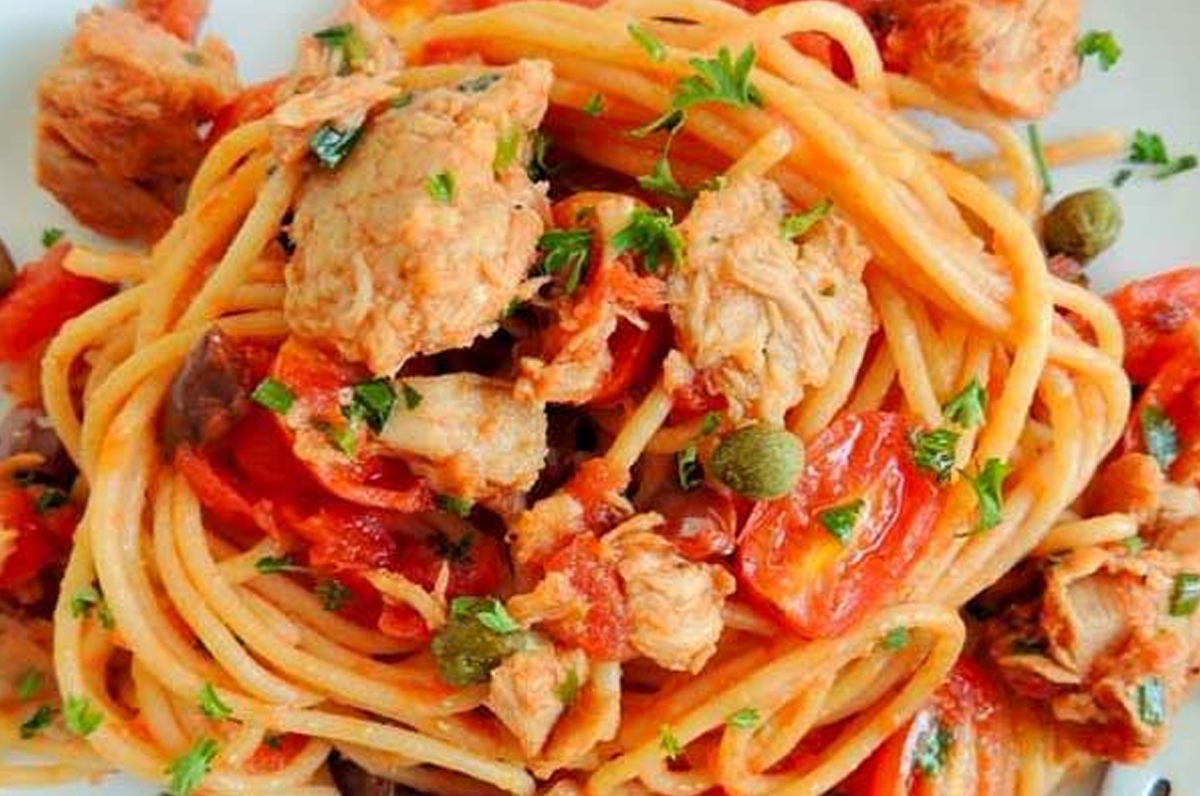
 Email Blog Entry
Email Blog Entry





